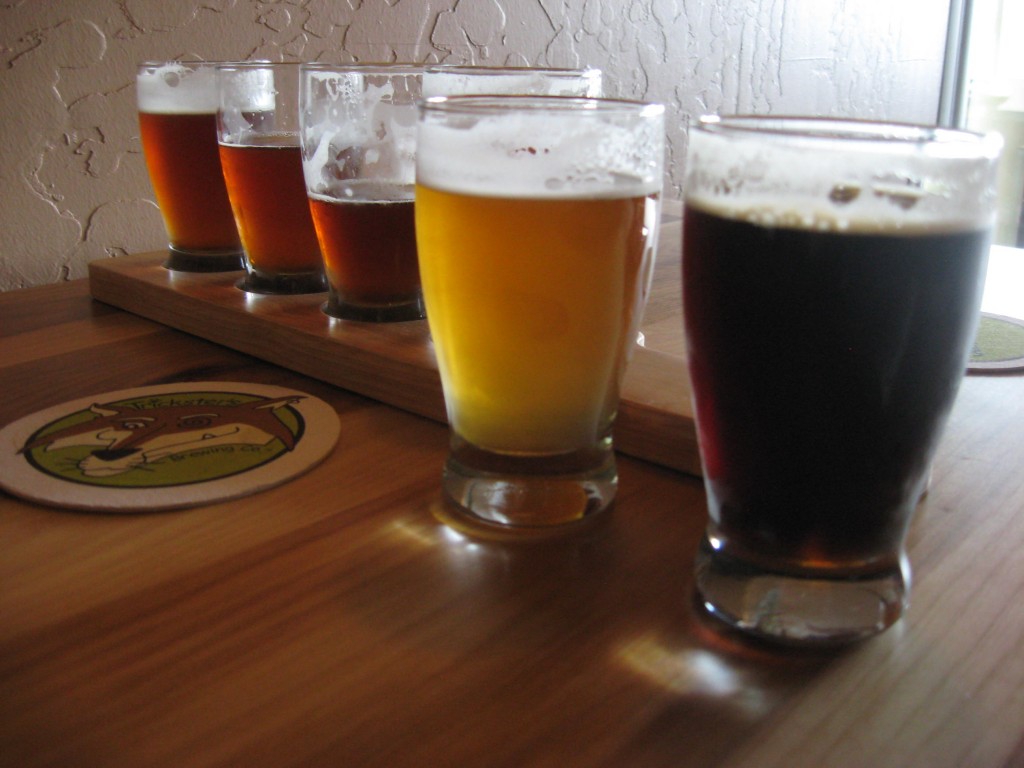
Image courtesy noglutenrequired.blogspot.com
Said the French Revolution executioner to his next victim: Washington Irving’s horsemen: “Head, what head?” Flat with just a slight fizz to the tongue.
This is about as boring an ale as one can get, though the base tastes like it would be good: carbonated. A light straw. Clear, Kind of weak urine-y in color. The only aroma is a light ale yeast sense: obviously English.
This is an all sorgham beer: no barley, no wheat. Light ale base: probably pale-like. Remember: no pale malt or any other malt would use. Hops? “We don’t need many stinkin hops!” Oh yes you do. There may be some in the background, but not enough to mention.
Scribe is all in favor of innovation. YOS understands that some wish to drink beer but can’t do gluten. He also has had many fine beers from St. Peter’s and loves the old fashioned oval bottles. But as for the rest of beer community: why the %$#@! bother? At least add some hop intrigue.They don’t have gluten, do they? If so, there have been other bittering/flavoring agents used over the history of brewing that could be added to make it less bland. Otherwise ZZZZZZZZZZZZzzzzzzzzzzzzzzzzzz………………… what was Scribe writing about?
“Yawn.” Scribe knows for a fact: you can do better than this, St. Peter. Otherwise give up your position at the gate on this one. Tis not heavenly at’ tall.












You must be logged in to post a comment.